SITE TO BE SEEN
What is a Superfund Site?
For a variety of reasons, hazardous commercial and industrial wastes have been mismanaged and may pose unacceptable risks to human health and the environment. This waste was/is dumped on the ground or in waterways, left out in the open, or otherwise improperly managed. As a result, thousands of hazardous waste sites were created throughout the United States. These hazardous waste sites commonly include manufacturing facilities, processing plants, landfills and mining sites.
In 1980, Congress established the Comprehensive Environmental Response, Compensation, and Liability Act (CERCLA), as amended, in response to growing concerns over the health and environmental risks posed by hazardous waste sites. This law was enacted in the wake of the discovery of toxic waste dumps such as Love Canal and Valley of the Drums in the 1970s.
CERCLA is informally called Superfund. The Superfund program is administered by EPA in cooperation with state and tribal governments. It allows EPA to clean up hazardous waste sites and to force responsible parties to perform cleanups or reimburse the government for cleanups led by EPA.
Discovering Superfund Sites
Superfund sites are “discovered” when the presence of hazardous waste is made known to EPA. The presence of contaminants is often reported by residents, local, state, tribal or federal agencies, or businesses. Sometimes these hazardous wastes are found by EPA during inspections or investigations into complaints.
National Response Center (NRC)
Taking Action to Clean Up Polluted Sites
There are two basic types of responses that EPA uses to manage polluted sites:
Removal Actions: Used to handle emergency oil spills or chemical releases and short-term responses.
Emergency actions are taken to eliminate immediate risks and ensure public safety. Examples of such emergencies are chemical releases at a fixed location or during transportation. EPA may respond to help state and local authorities deal with these emergencies quickly.
Remedial Actions: Used to handle complex sites needing a long-term response.Remedial actions manage releases that do not pose an urgent threat to public health or the environment and do not require immediate action.
Remedial actions involve complex and highly contaminated sites that often require several years to study the problem, develop a permanent solution, and clean up the hazardous waste. These are the sites that most people think of when they hear about the Superfund program.
Responsibility for Superfund Site Cleanup
Potentially Responsible Party (PRP): From the time the site is discovered, EPA tries to identify the generators and transporters of the hazardous waste and the owners and operators of a site. These people/companies/municipalities are considered PRP(s) under Superfund and are asked to conduct and/or pay for cleanup studies and activities. If the PRP(s) refuses to participate, EPA will clean up the site and sue the party or parties to recover costs.
State/Tribal Government Involvement: Their involvement in Superfund has grown over the years, and states and tribes are now involved in virtually every phase of cleanups. Superfund requires EPA to coordinate with states and tribes when the federal government leads cleanup operations, and allows states, tribes, and local governments to lead cleanup efforts using Superfund money if they have the necessary technical and management expertise.
Getting Involved: You and Your Community
EPA’s Superfund Community Involvement Program provides individuals affected by hazardous waste sites with information and opportunities to participate as active partners in the decisions that affect the Superfund sites in their community. The community has a voice during all phases of the Superfund process, and plays an important role in assisting EPA with gathering information about the site.
Your involvement is very important. You have the opportunity and the right to be engaged in, and to comment on the work being done at sites in your community.
Information sourced from an EPA Superfund brochure.

